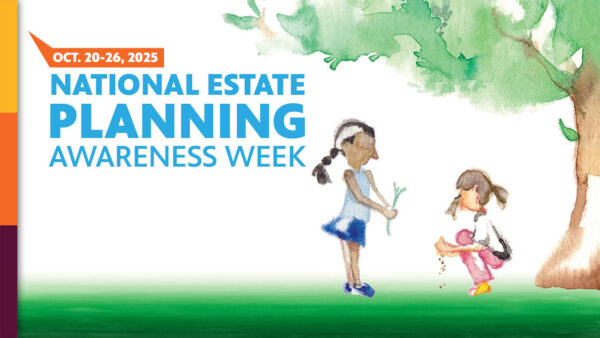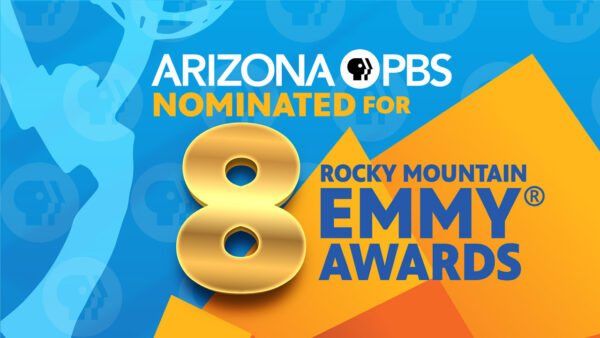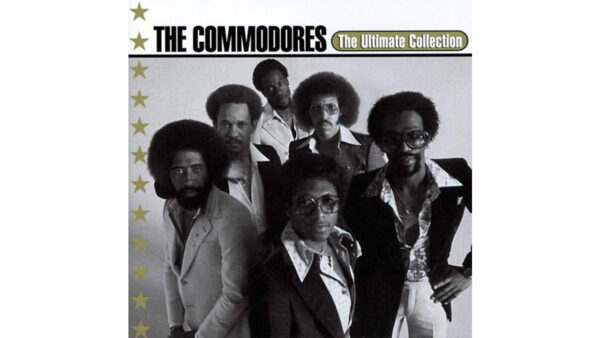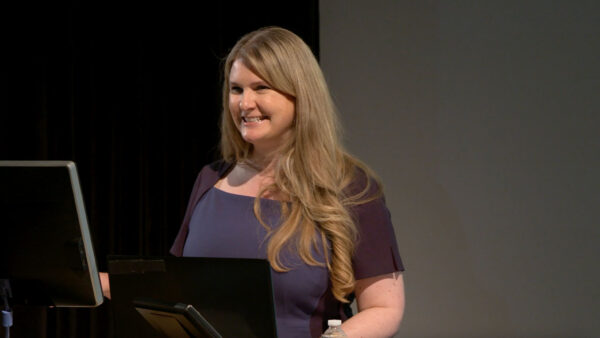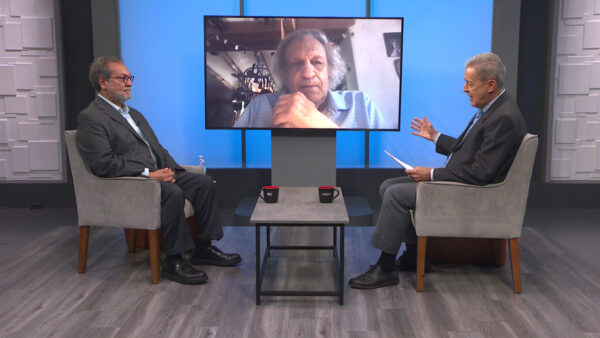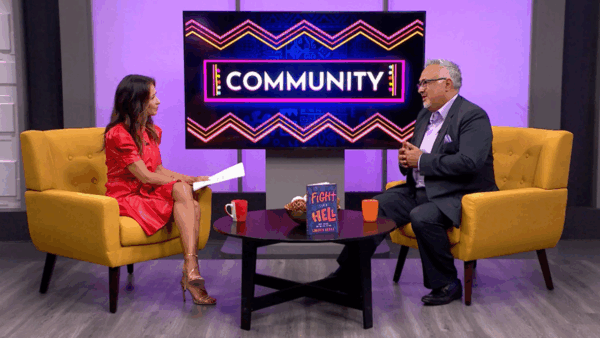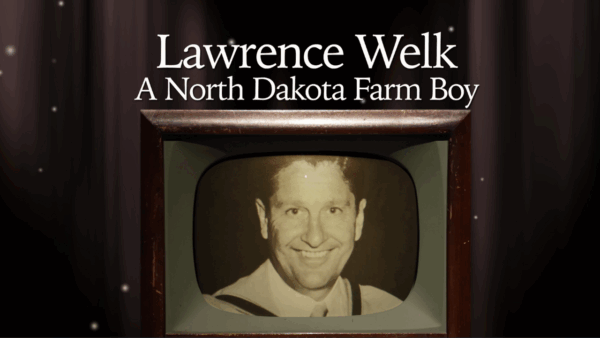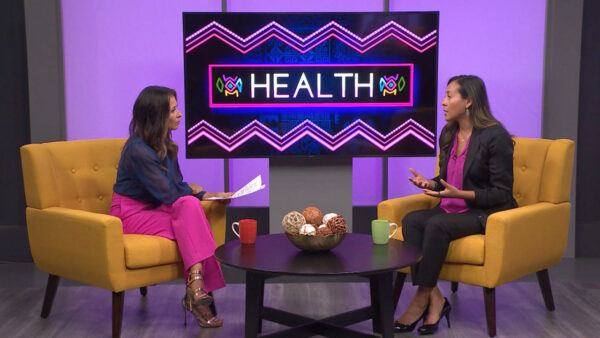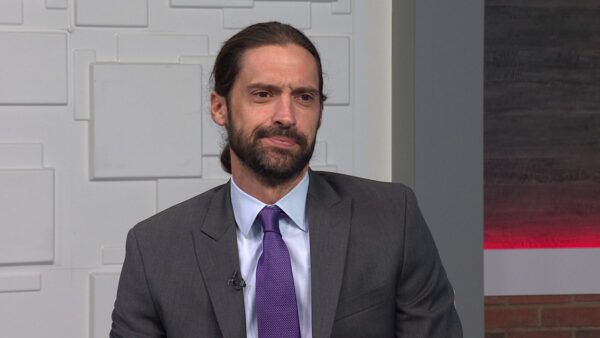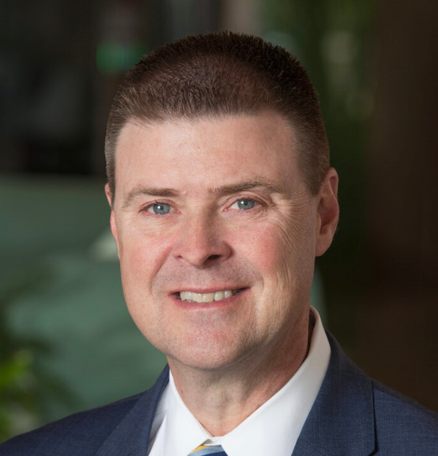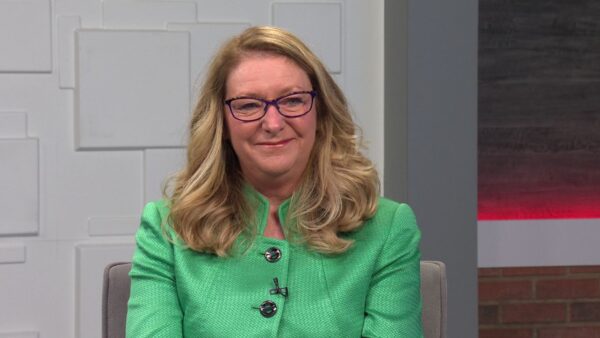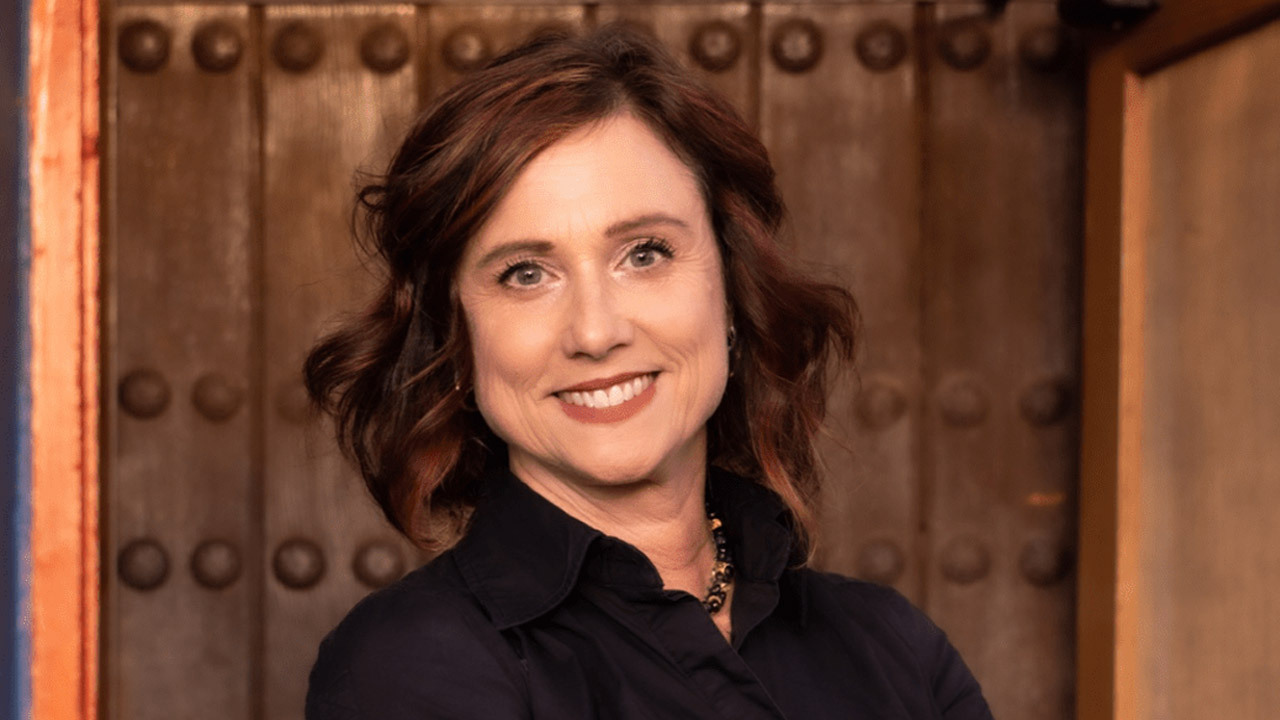
Arizona Representative, former teacher says more educators need to be in office
Sept. 30
Arizona Democratic Representative Nancy Gutierrez is one of the only public educators in the state legislature.
Last year, Gutierrez was the only working teacher in the Arizona House or Senate. Then this year, Gutierrez’s PE teacher position at a Tucson high school was eliminated due to a lack of funding.
In 2022, Gutierrez ran for office in the 18th district in Tucson and won. She felt it was important for the legislature to have more educators in office making decisions around public education.
The job as a legislator surprisingly pays Gutierrez less than her teacher’s salary did at $24,000 a year, which is also another factor as to why more educators aren’t in office. She is only able to take on the role because her husband is able to support the household.
She started her teaching career in 1994 and believes it’s vital to have people who have years of experience teaching in public education to be in the legislature.
“That is the reason that I wanted to become part of the legislature is because you just don’t understand public education until you’ve been in public education,” Gutierrez said.“And you can talk about policy, but until you really understand, ‘How is this policy going to affect teachers in the classroom or school districts or, you know, how students are learning’? It’s an interesting perspective,” she added.
Gutierrez shares her experiences as an educator
Gutierrez has seen firsthand how public schools have been defunded over the years. In the past, Gutierrez said she spent thousands of dollars out of her own pocket to buy supplies like pencils, markers and even feminine hygiene products for her students.
“I’ve been a teacher for long enough to know that’s the job, but it shouldn’t be, right? The state should provide those things,” she said.
Working across the aisle with other legislators has been challenging. She said there are narratives within the legislature about what happens in public schools. One of the topics that comes up frequently is around transgender students.
As a PE teacher at a public high school, Gutierrez hasn’t seen the situations legislators claimed are happening at schools.
“There were never issues with kids not feeling safe because there may be a trans person using a locker room,” she said.
Gutierrez feels these narratives overshadow the real issues the public education system in Arizona is facing.
And the real issue is that public education is chronically underfunded, she said.
Legislators focus on certain talking points such as transgender students and public schools overspending, which Gutierrez feels are not really based on what is actually happening.
“And then they’ll say, with funding, ‘Oh, well, we give… we do spend a lot on public education.’ But if you cut up what we spend on public education per student, we are bottom of the nation in per pupil spending,” she said. “And that’s just the truth,” Gutierrez said.
How does Arizona stack up in public education?
Arizona ranks 49th in the nation for public education K-12 per pupil spending as well as 49th in the nation for K-12 funding, according to the Education Data Initiative.
A study from Education Forward Arizona found 80% of Arizonans agree education and workforce development are important, regardless of political affiliation.
Meanwhile, the state’s lack of investment in public education has led to a massive teacher shortage due to low wages, lower student enrollment and the closures of several public schools in already marginalized communities.
Gutierrez said the students who are affected the most are the ones who live in low-income and rural areas.
Arizona legislators implemented the Empowerment Scholarship Account program (ESAs) which allows parents who don’t send their children to public schools to use state taxpayer funds to cover the cost of private school or homeschool, regardless of income. The program has become controversial though as the cost to the state is close to $1 billion dollars, as public schools remain underfunded.
“The people that are going to suffer are the ones who are most underprivileged. It’s schools that have.. underprivileged students, students of color (and) refugee students, “ Gutierrez said.
“These are the schools that are being left behind, and it’s not okay.”
Photo courtesy of Representative Nancy Gutierrez.
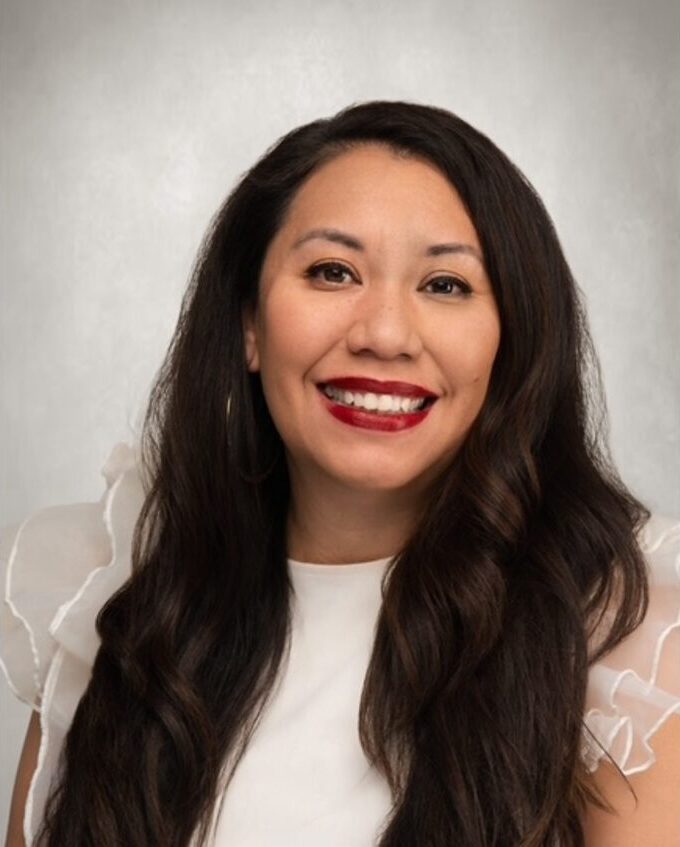
Reporting by “Arizona Horizon” Education Solutions Reporter Roxanne De La Rosa. Her role is made possible through grant funding from the Arizona Local News Foundation’s Arizona Community Collaborative Fund and Report for America.


